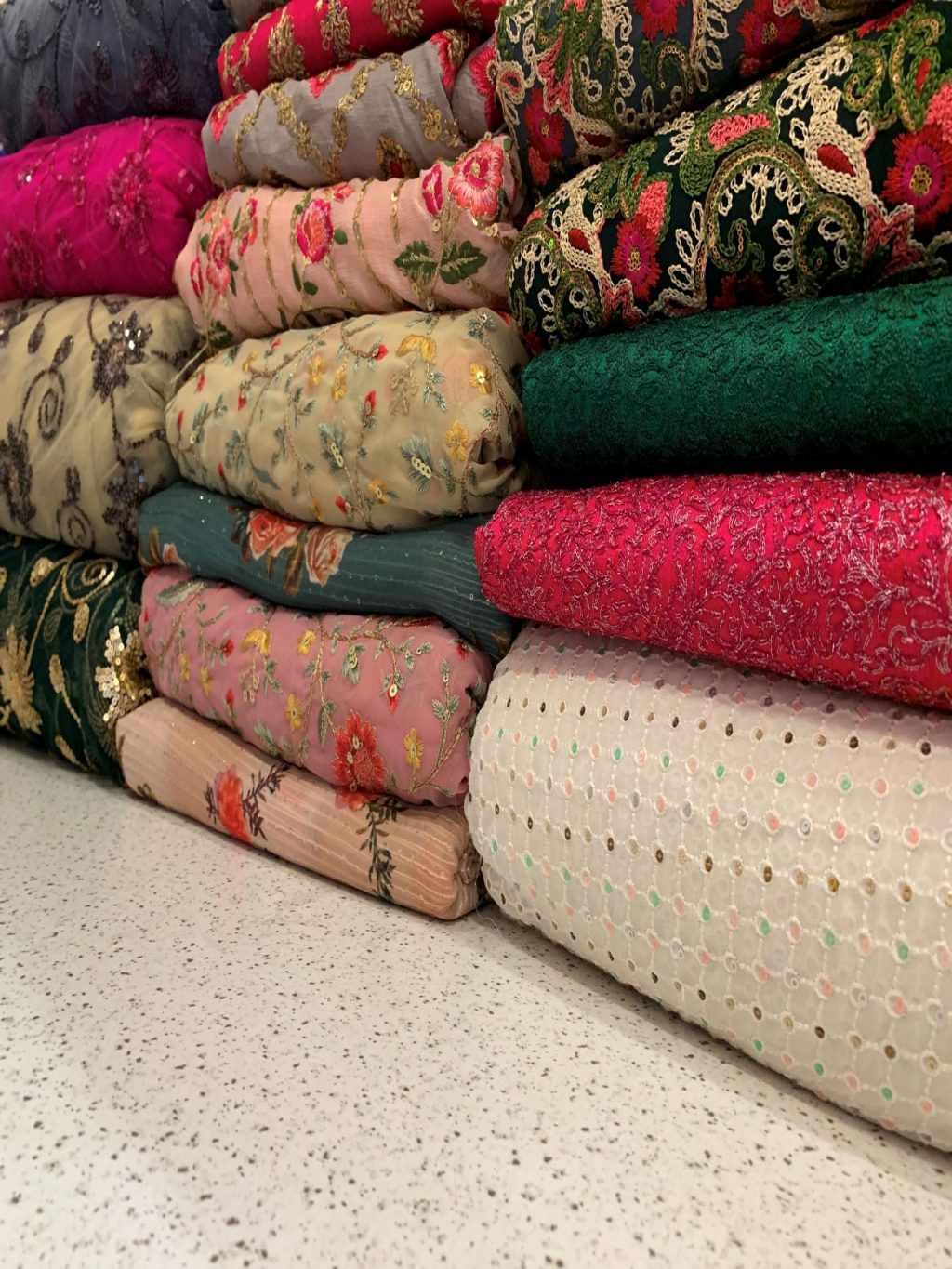Natural fabrics have been an integral part of human civilization for centuries, offering comfort, breathability, and sustainability. Among the plethora of natural fabrics available, one stands out as the most common and versatile choice for clothing and textile production. In this article, we will delve into the characteristics, production, and various applications of the most common natural fabric, shedding light on its significance in the fashion and textile industry.
Defining the Most Common Natural Fabric
Cotton emerges as the most common natural fabric, renowned for its widespread use in the textile industry. Derived from the fluffy fibers surrounding the seeds of the cotton plant, this fabric boasts exceptional breathability, softness, and absorbency, making it a preferred choice for clothing, home textiles, and industrial applications.
Characteristics of Cotton
Cotton fabric is celebrated for its remarkable properties, including moisture absorption, durability, and hypoallergenic nature. Its breathability ensures comfort in warm climates, while its ability to absorb moisture makes it ideal for activewear and undergarments. Additionally, cotton's versatility allows for easy dyeing and printing, contributing to its popularity in the fashion industry.
Production Process
The production of cotton fabric involves several stages, beginning with the cultivation of cotton plants. After harvesting, the cotton fibers undergo ginning to separate the seeds from the fibers. Subsequent processes such as spinning, weaving, and finishing transform the raw cotton into the fabric we recognize. Sustainable practices in cotton farming and processing have gained traction, emphasizing the importance of eco-friendly production methods.
Applications in Fashion and Beyond
Cotton's ubiquity in the fashion industry is evident in its use across various clothing categories, from casual t-shirts and denim jeans to formal shirts and dresses. Its versatility extends to home textiles, including bed linens, towels, and curtains. Moreover, cotton serves as a fundamental material in non-apparel products such as medical supplies, industrial fabrics, and paper products, showcasing its diverse applications.
Sustainability and Ethical Considerations
As the demand for sustainable and ethically produced textiles grows, the cotton industry has witnessed a shift towards organic and fair trade practices. Organic cotton, cultivated without synthetic pesticides and fertilizers, reduces environmental impact and promotes soil health. Furthermore, initiatives promoting fair wages and working conditions for cotton farmers and laborers contribute to the ethical sourcing of cotton.
Conclusion
In conclusion, the enduring popularity of cotton as the most common natural fabric stems from its exceptional properties, versatile applications, and evolving sustainability efforts. As consumers increasingly prioritize comfort, sustainability, and ethical production, the significance of cotton in the textile industry remains unwavering. By understanding the intricacies of cotton fabric, we can appreciate its role in shaping the fashion landscape and driving sustainable practices.


More Stories
The Ultimate Guide to Casual Flats for Women: Style, Comfort, and Everyday Versatility from Bluesky Footwear Group
Twist Speed Lock Trekking Pole: The Complete Guide to Stability, Performance, and Innovation by Yongbo
10 Creative Ways to Use Printed Flocking Fabric in Home Decor & Fashion